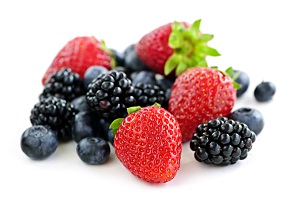Thank you to the Baylor College of Medicine for sharing this article with Your Health Journal…..
 Study shows no increased waste in fruits and vegetables after implementation of new school lunch guidelines
Study shows no increased waste in fruits and vegetables after implementation of new school lunch guidelines
In a study that compared food waste in elementary school cafeterias before and after the implementation of the new school lunch guidelines, researchers at the USDA/ARS Children’s Nutrition Research Center at Baylor College of Medicine and Texas Children’s Hospital found that there was no increase in waste after the new guidelines were put in place. Their report recently appeared in Preventive Medicine Reports.
The research was conducted at eight elementary schools in southeast Texas where dietitians anonymously observed what foods children in kindergarten through 5th grade selected in the cafeteria lunch line and how much of what they selected they actually ate.
“With the new guidelines, they have to select a fruit or vegetable on their tray to have the meal count as a reimbursable meal,” said Dr. Karen Cullen, professor of pediatrics at Baylor and the CNRC and first author of the paper.
Researchers observed that more fruits and juices were selected after the implementation of the new guidelines and for those students who selected these, they consumed the same amount as before. The only item with higher waste after the new guidelines were put in place was legumes. The requirement to select a fruit or vegetable in their meal did not lead to increased waste of these foods.
“There’s always going to be kids who leave food on their plate, you can’t get around that because you don’t want to force your kid to clean their plate if they are not hungry,” said Cullen. “You may take food but you may not be hungry enough to eat all of it – there’s a fine line.”
Cullen emphasized that we need to do more to be sure children are eating more fruits and vegetables, grains and proteins.
Others who took part in the study include Tzu-An Chen and Jayna M. Dave of Baylor and the CNRC.
This study was supported by funding from the National Institutes of Health (no. R01HD068349). The project was funded in part by federal funds from the USDA/Agricultural Research Service.
